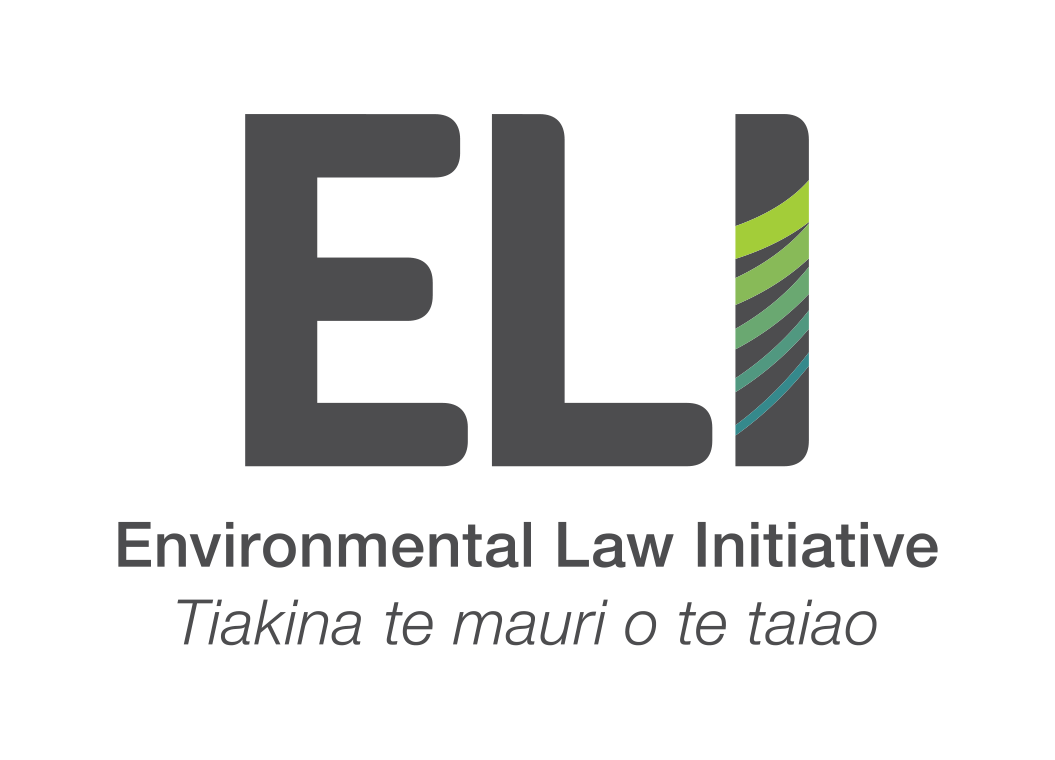Fighting against nitrate pollution in Canterbury: Case #1
ELI v Environment Canterbury
We challenged Environment Canterbury’s decision to grant a problematic nitrogen discharge consent to a major irrigation scheme and we won.
The High Court has found that Environment Canterbury (ECan) unlawfully granted a resource consent for the discharge of nitrogen and other contaminants to Ashburton Lyndhurst Irrigation Ltd (ALIL).
The resource consent had allowed for the discharge of nitrogen to 177,000 ha of the Canterbury Plains for a period of 10 years. The consent was granted despite an explicit acknowledgement that a previous consent had already led to significant adverse effects on the aquatic life in the Hakatere/Ashburton River Mouth and its hāpua.
We successfully applied for a judicial review of this resource consent decision on the grounds that:
That the decision unlawfully breached a provision in the RMA (in s 107(1)) which prevents Councils granting discharge consents that are likely to have significant adverse effects on aquatic life
That the decision maker failed to consider relevant provisions of the New Zealand Coastal Policy Statement and Regional Coastal Environment Plan - including policies to 'avoid' adverse effects on indigenous biodiversity and natural character.
Note – we were unsuccessful on a third ground which challenged the decision not to publicly notify the consent application.
What does this win mean?
This ruling is hugely significant for freshwater management, both in Canterbury and around Aotearoa New Zealand. The Court has upheld the clear prohibition on the granting of discharge consents that are likely to have significant adverse effects on aquatic life. The Court has also made it clear that where upstream discharges end up causing problems in the coastal environment, the relevant coastal policies apply.
What happens now?
ECan's decision to grant the resource consent has been set aside by the High Court and ALIL's application has been sent back to the Council for reconsideration.
ECan’s role is to protect the quality of water, including through managing land use and associated discharges. Our win in this case raises serious questions about how ECan makes consent decisions relating to freshwater pollution.
We will be looking at other consents, both in Canterbury and around the country to check whether they have also breached the clear prohibition in s 107 of the RMA. We call on ECan to immediately review its discharge consents as a matter of urgency.
This ruling also raises concerns about ECan's approach to the management of pollution ending up in the coastal environment. ECan has clearly ignored key coastal policies in its consent decision making, despite recognising that upstream discharges lead to effects at the coast.
We are calling on ECan to immediately review its use of coastal policies in consent decision making.
Case timeline
August 2022: ELI lodged judicial review proceedings against ECan at the High Court
May 2023: Hearing held in the Christchurch High Court
March 2024: High Court released its judgement
August 2024: ELI lodged judicial review proceedings against ECan for the consent issued to the neighbouring irrigation scheme, MHV.
-
Water is a public good. No one automatically has the right to pour contaminants or waste into water – or onto land, in circumstances where it may enter water.
ECan should be guaranteeing communities have access to clean drinking water and protecting freshwater ecosystems.
Yet many of Canterbury’s aquifers and lowland waterways are already degraded, commonly by pollution allowed from large areas of intensive farming. Between 1990 and 2022, dairy cattle numbers in Canterbury increased ten-fold (1009 percent) from 113,000 to 1.3 million.2
The lower reaches of the Hakatere/Ashburton River and hāpua catchment will be dealing with the problem of historical and ongoing nitrate pollution for years to come.
We need ECan to show it is making decisions that will protect the health of our waterways.
-
In the High Court judgment delivered in March 2024, Justice Mander found that the decision to grant the discharge consent breached the statutory bar to consenting discharges likely to cause significant effects on aquatic life:
"On the Commissioner's own findings, it appears indisputable there will likely be continuing significant adverse effects on aquatic life for the time being. I do not consider the grant of a discharge consent on the basis of the conditions imposed, albeit in anticipation that over time there will be a reduction in nitrogen leaching loads and some mitigation of the adverse effects that are likely to continue from the current activity, avoids breaching the s107(1) prohibition.”
Based on this finding the judge found that the decision to grant the resource consent was based on a material error of law.
Justice Mander also found that the decisionmaker didn’t properly consider coastal policy, including the NZ Coastal Policy Statement (NZCPS) and the Regional Coastal Environment Plan (RCEP), despite the pollution resulting from the consent affecting the coast:
"Because the past and current land use practices of the irrigation scheme were found by the Commissioner to have contributed to significant adverse cumulative effects on the lower reaches of the Hakatere/Ashburton River and hāpua, and specifically on the aquatic life of that particular area of the coastal environment, it was incumbent on the decisionmaker to consider the relevant provisions of the NZCPS and RCEP."
The failure to take into account,or have regard to these relevant provisions was also found to be an error of law.
-
-




